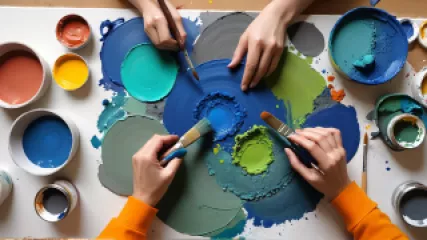How to Practice Mindful Eating for Depression Relief
1 year ago
Mindful Eating
What Are the Benefits of Positive Reinforcement?
1 year ago
Positive Reinforcement
Coping with Somatic Symptoms: A Step-by-Step Guide
1 year ago
Managing Somatic Symptoms
How Can You Motivate Others to Achieve Their Goals?
1 year ago
Motivating Others
Declutter Your Space, Declutter Your Mind: A Step-by-Step Guide to Reduce Emotional Clutter
1 year ago
Emotional Effects of Clutter
Decluttering Expert on the Emotional Impact of Clutter
1 year ago
Emotional Effects of Clutter
What We Can Learn About Social Media Detox from 'Inception'
1 year ago
Social Media Detox Benefits
The Ultimate Guide to Mindful Eating
1 year ago
Mindful Eating
6 Lessons From 'The Body Keeps the Score' to Manage Somatic Symptoms
1 year ago
Managing Somatic Symptoms
Is a Web-Based Mental Health Check Effective?
1 year ago
Mental Health Check
My Journey with Social Media's Impact on My Mental Health
1 year ago
Social Media Impact
Unlocking Insights: Sensory Processing Lessons from the Big Screen
1 year ago
Sensory Processing
The Transformative Power of Artistic Meditation for Healing
1 year ago
Healing Through Art
10 Best Mindfulness Practices for a Productive Workday
1 year ago
Mindfulness at Work
Navigating the Pressure: An Interview with a Peer Pressure Management Expert
1 year ago
Peer Pressure















